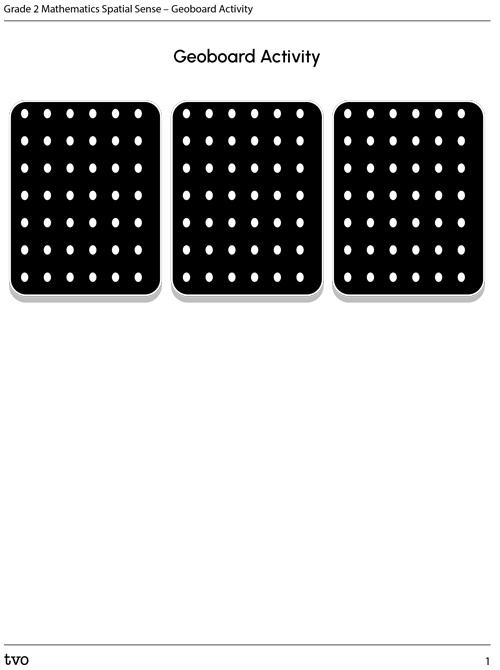Minds On
Exploring shapes
Let’s explore the following shapes!
There are two groups of shapes. One group is called similar shapes, and the other is called congruent shapes.
Brainstorm
What do you think?
Let's respond to the following questions:
- What do you notice about each group of shapes?
- What do you wonder?
Record your ideas in your notebook or another method of your choice.
Action
Congruent shapes
Congruent shapes have the same size and shape.
For example, the following two rectangles are congruent, because they are the same size and same shape.
If we slide one of the rectangles on top of the other, they match up perfectly.

Let’s explore another example of congruent shapes with the following pentagons! What do you think would happen if you slide one on top of the other?

Size and shape
Let’s return to our set of shapes from the Minds On section.
For each sentence, select the correct answer from the drop-down menu.
Press ‘Show Results’ to reveal the difference between congruent and similar shapes.
Shapes D and E are congruent because they are the same size and shape.
Shapes A, B, and C are all squares, but they are not congruent because they are not the same size. Instead, shapes A, B, and C are similar shapes.
Sorting shape pairs
How would you sort the following shape pairs?
Are they congruent, incongruent, or similar?
Determine and sort the shape pairs that are congruent, not congruent, or similar.
Complete the Sorting: Congruent, Not Congruent, or Similar? chart seen below in your notebook or using the fillable and printable document seen below the chart. You can also use a method of your choice.
| Congruent | Not Congruent | Similar |
|---|---|---|
Press the ‘Activity’ button to access Sorting: Congruent, Not Congruent, or Similar?
Let’s check!
Press ‘Show Results’ to reveal the completed Sorting: Congruent, Not Congruent, or Similar? Chart
Identifying congruent shapes
Let’s consider which shapes in the grid are congruent, and why you think so.
Record your ideas in your notebook or another method of your choice.
Press ‘Let’s check!’ to reveal the shapes that are congruent.
Consolidation
Reflect and connect

These two shapes above have the same number of sides and equal side lengths.
Reflect on the following question:
- Are they congruent?
Record your ideas in a notebook or a method of your choice.
Create your example
Follow the instructions to create your own examples of congruent and similar shapes:
- In Box 1: draw and/or describe a shape.
- In Box 2: draw and/or describe a shape that is similar to the original shape.
- In Box 3: draw and/or describe a shape that is congruent to the original shape.
Press ‘Show Sample’ to reveal an example of this activity.

Complete the Geoboard Activity in your notebook or using the following fillable and printable documents. You can also use a method of your choice.
Reflection
How do you feel about what you have learned in this activity? Which of the next four sentences best matches how you are feeling about your learning? Press the button that is beside this sentence.
I feel...
Now, record your ideas about your feelings using a voice recorder, speech-to-text, or writing tool.
